Theyre followed by anatomically modern Homo sapiens at least 200000 years ago and brain shape became essentially modern by at least 100000 years ago. Sapiens during and since the Last Glacial Period.
 Did Volcanic Activity Play A Role In Early Human Evolution And Migration The Great Rift Valley That Runs Through Ethiopia Has Pl Human Migration Map History
Did Volcanic Activity Play A Role In Early Human Evolution And Migration The Great Rift Valley That Runs Through Ethiopia Has Pl Human Migration Map History
It includes brief explanations of the various taxonomic ranks in the human lineage.
Anatomically modern homo sapiens arrive in australia by. Genetic analysis of the mandible of an anatomically modern Homo sapiens who lived in what is now Romania between 42000 and 37000 years ago reveals that early humans interbred with Neanderthals. The hominin fossil record of Island Southeast Asia ISEA indicates that at least two super-archaic species Homo luzonensis and Homo floresiensis were present around the time anatomically modern. Sites older than 150k include Florisbad Omo-Kibish Ngaloba and Herto.
At this point humans had braincases. Followers of this theory believe that although Neanderthals as organisms no longer exist their genes were present in early modern Europeans and may still exist today. It is thought to have evolved sometime between 160000 and 90000 years ago in Africa.
Abstract Anatomically modern humans Homo sapiens AMH began spreading across Eurasia from Africa and adjacent Southwest Asia about 5000055000 years ago ca. The lower jaw was similar to modern Homo sapiens too but much larger. Interbreeding diluted Neanderthal DNA because there were significantly more Homo sapiens sapiens.
Recent African origin or Out of Africa II refers to the migration of anatomically modern humans Homo sapiens out of Africa after their emergence at c. Then some of them spread from Africa into Asia and Europe after two million years ago. Sites dating to about 100k include Klasies River Mouth Border Cave Skhul.
Modern humans reached the Japanese Islands by 30000 years ago or somewhat earlier. Some have argued that human genetic fossil and archaeological data indicate one or more prior dispersals possibly as early as 120 ka. Cast of the Wadjak skull a Homo sapiens discovered in 1889 Java Indonesia.
Originally this skull was thought to be about 50000 years old and attempts were made to link this skull with the arrival of the first Australians. Homo sapiens from Southeast Asia travelled to Australia by 46000 years ago and possibly as early as 60000 years ago. Traditionally this subspecies designation was used to separate modern humans from more-archaic members of H.
Modern humans specifically the subspecies Homo sapiens sapiens proceeded to colonize all the continents and larger islands arriving in Eurasia 12500060000 years ago Australia around 65000 years ago the Americas around 15000 years ago and remote islands such as Hawaii Easter Island Madagascar and New Zealand between the years 300. Early modern human EMH or anatomically modern human AMH are terms used to distinguish Homo sapiens the only extant human species that are anatomically consistent with the range of phenotypes seen in contemporary humans from extinct archaic human species. Major fossil sites of early Homo sapiens.
It had been thought that Australia was settled. This distinction is useful especially for times and regions where anatomically modern and archaic humans co-existed for example in. They interbred with Homo sapiens sapiens on a relatively large scale.
Fossils of the earliest members of our species archaic Homo sapiens have all been found in AfricaFossils of modern Homo sapiens have been found in Africa and in many other sites across much of the world. One of the leading theories holds that modern Homo sapiens arose in Africa 100000 to 150000 years ago and then spread to the rest of the world. The recent African origin paradigm suggests that the anatomically modern humans outside of Africa descend from a population of Homo sapiens migrating from East Africa roughly 7050000 years ago and spreading along the southern coast of Asia and to Oceania by about 50000 years ago.
The earliest ancestors of anatomically modern Homo sapiens emerged in a region south of the Zambezi River in Botswana Africa according to a new analysis of modern humans mitochondrial genomes. Modern humans spread across Europe about 40000 years ago. Because Australia was not connected to Southeast Asia by land it is probable that the se first Australian Aborigines arrived by simple boats or rafts.
Archaeological evidence shows that modern humans had reached South-east Asia by 70000 years ago and that they had spread to Australia by at least 50000 years ago. Homo sapiens sapiens subspecies of Homo sapiens that consists of the only living members of genus Homo. The most striking difference was the shape of the braincase which was more elongated than that of humans today.
The timeline of human evolution outlines the major events in the evolutionary lineage of the modern human species Homo sapiens throughout the history of life beginning some 42 billion years ago down to recent evolution within H. 300000 to 200000 years ago in contrast to Out of Africa I which refers to the migration of archaic humans from Africa to Eurasia roughly 18 to 05 million years agoOmo-Kibish I Omo I from southern Ethiopia is the oldest. With somewhat less certainty most scientists think that people who look like us -- anatomically modern Homo.
Modern Homo Sapiens Explorations
Modern Homo Sapiens Explorations
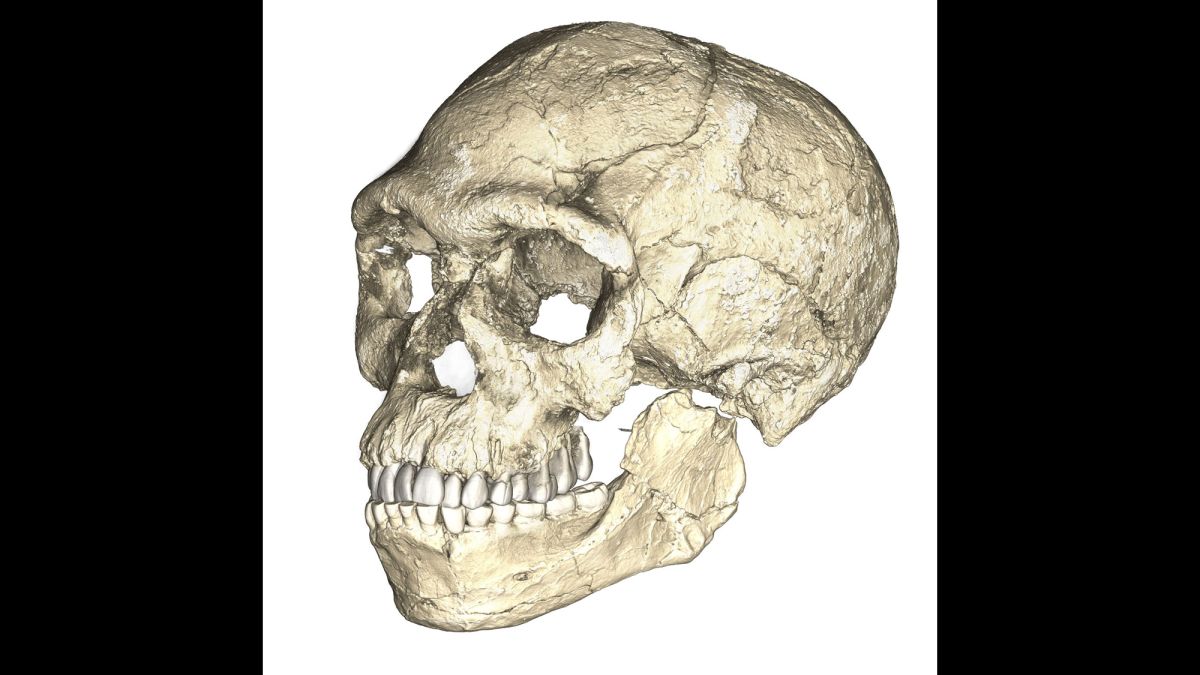 Oldest Homo Sapiens Fossils Discovered Cnn
Oldest Homo Sapiens Fossils Discovered Cnn
 Introduction The Great Migration Of Cush Human Migration Map History
Introduction The Great Migration Of Cush Human Migration Map History
 Fossil Zeigt Herkunft Der Europaer Archaologie Menschheitsgeschichte Antik
Fossil Zeigt Herkunft Der Europaer Archaologie Menschheitsgeschichte Antik
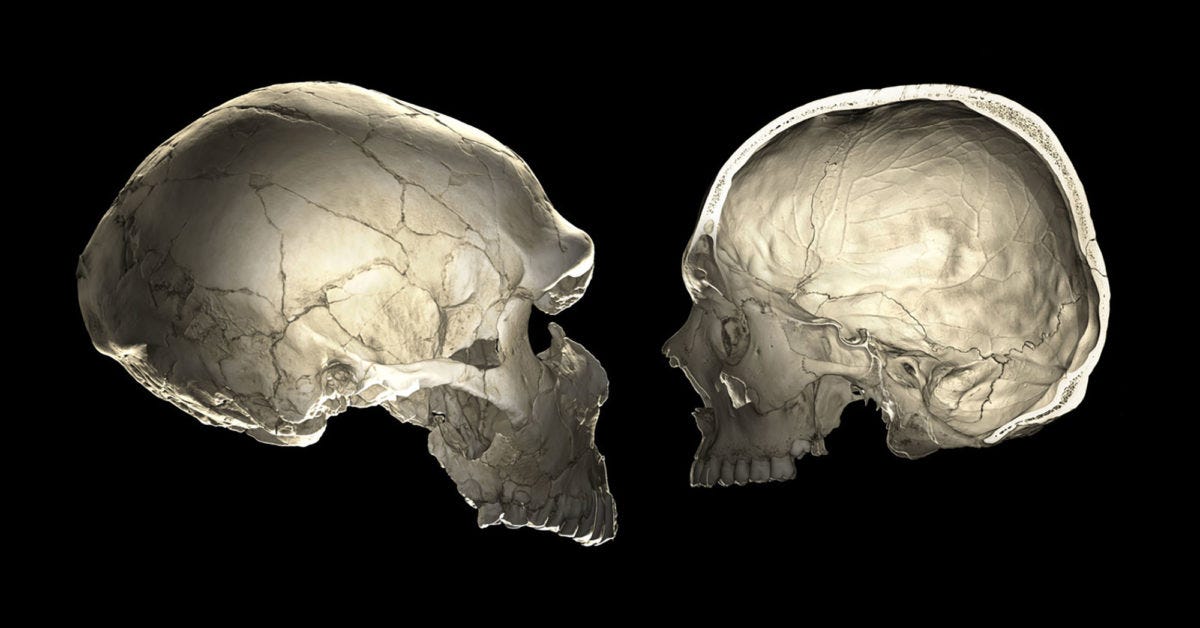 Were Neanderthals More Than Cousins To Homo Sapiens By Sapiens Sapiens Medium
Were Neanderthals More Than Cousins To Homo Sapiens By Sapiens Sapiens Medium
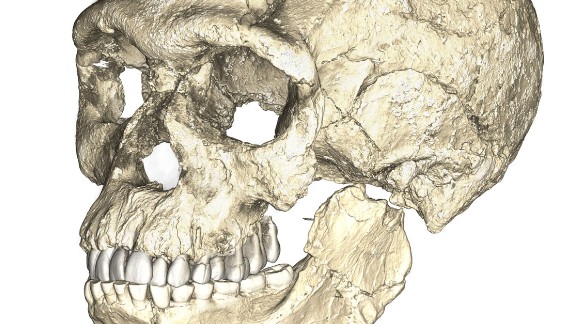 Oldest Homo Sapiens Fossils Discovered Cnn
Oldest Homo Sapiens Fossils Discovered Cnn
Modern Homo Sapiens Explorations
 Anatomically Modern Homo Sapiens Sciencedirect
Anatomically Modern Homo Sapiens Sciencedirect
Modern Homo Sapiens Explorations
 First Australians Were Aborigines And Arrived There 55 000 Years Ago Aboriginal Culture Prehistoric Art Rock Art
First Australians Were Aborigines And Arrived There 55 000 Years Ago Aboriginal Culture Prehistoric Art Rock Art
 Denisovan Dna Finding Could Rewrite The Story Of Australia S Discovery Human Migration Civilization History Human Evolution
Denisovan Dna Finding Could Rewrite The Story Of Australia S Discovery Human Migration Civilization History Human Evolution
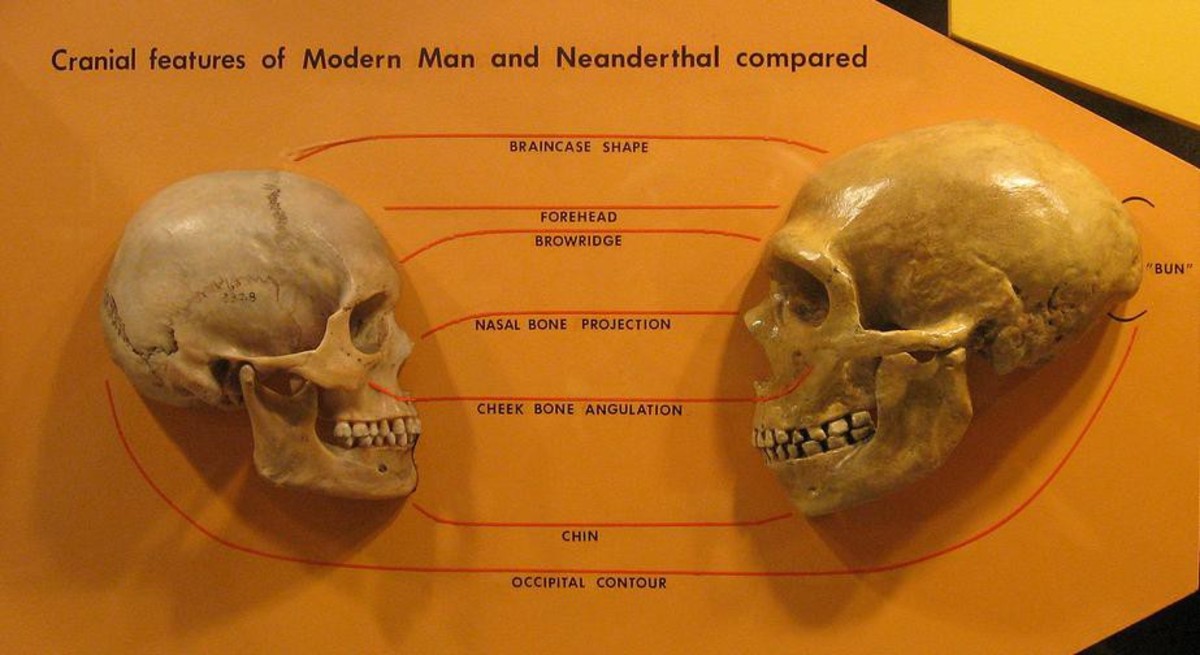 Why And When Did Early Humans Leave Africa Pacific Standard
Why And When Did Early Humans Leave Africa Pacific Standard
 When Did Homo Sapiens First Reach Southeast Asia And Sahul Pnas
When Did Homo Sapiens First Reach Southeast Asia And Sahul Pnas
 Are Humans Earth S Biggest Enemy Debate Rages At Conference Ancient Civilizations Human Migration History
Are Humans Earth S Biggest Enemy Debate Rages At Conference Ancient Civilizations Human Migration History
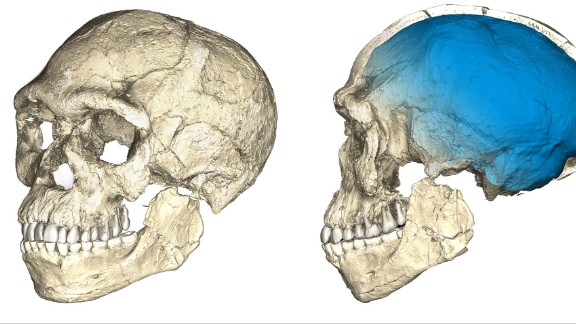 Oldest Homo Sapiens Fossils Discovered Cnn
Oldest Homo Sapiens Fossils Discovered Cnn



